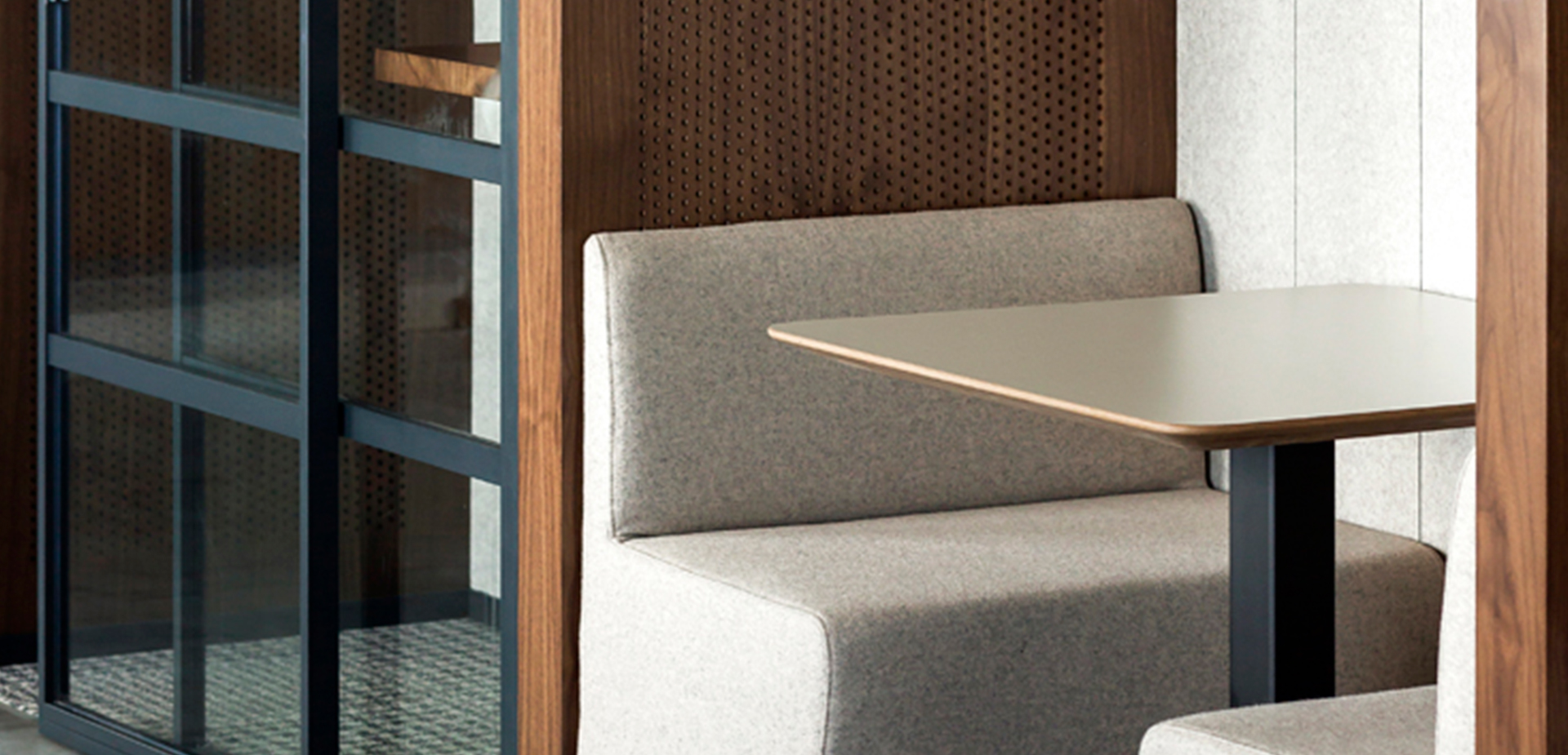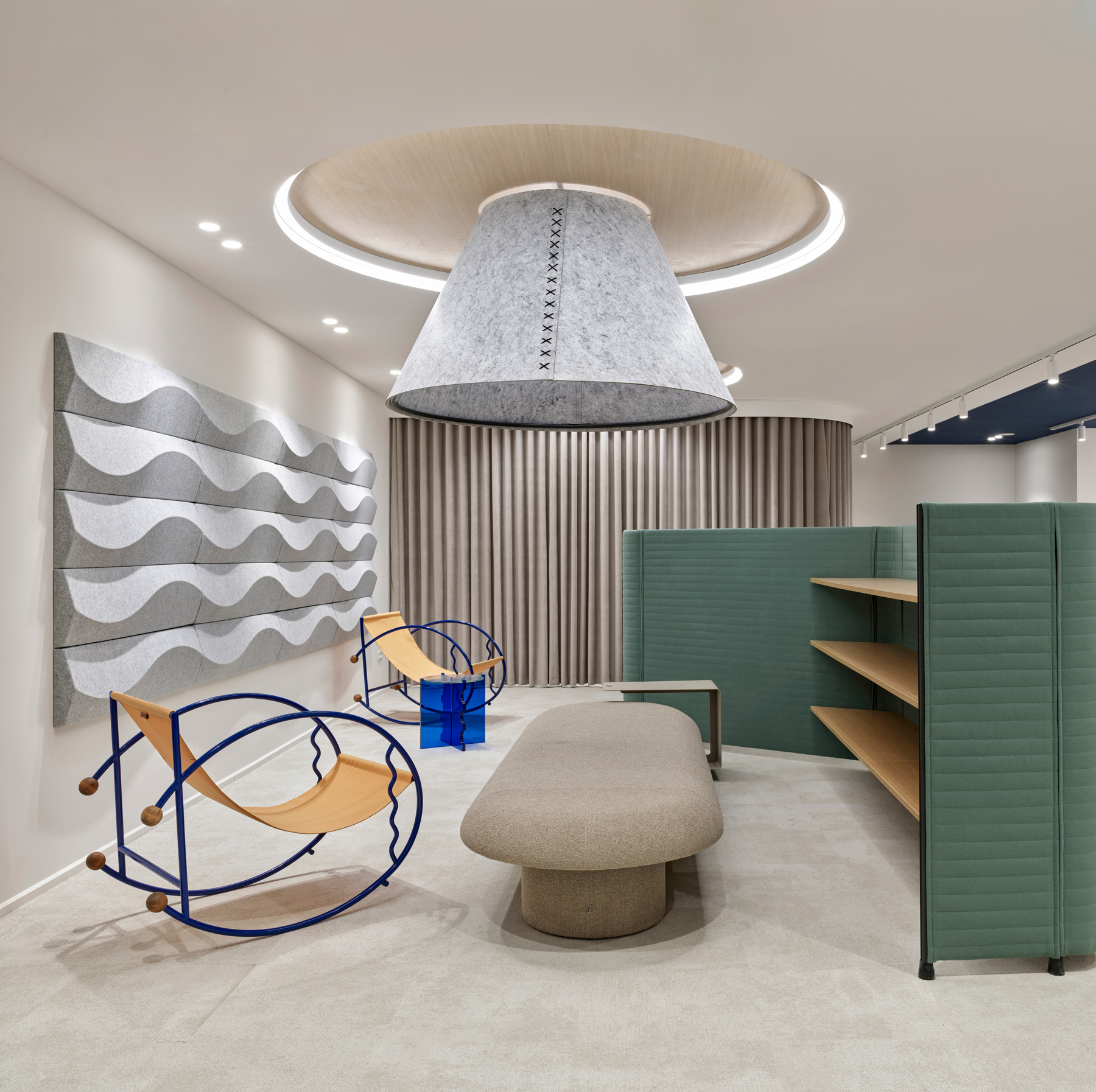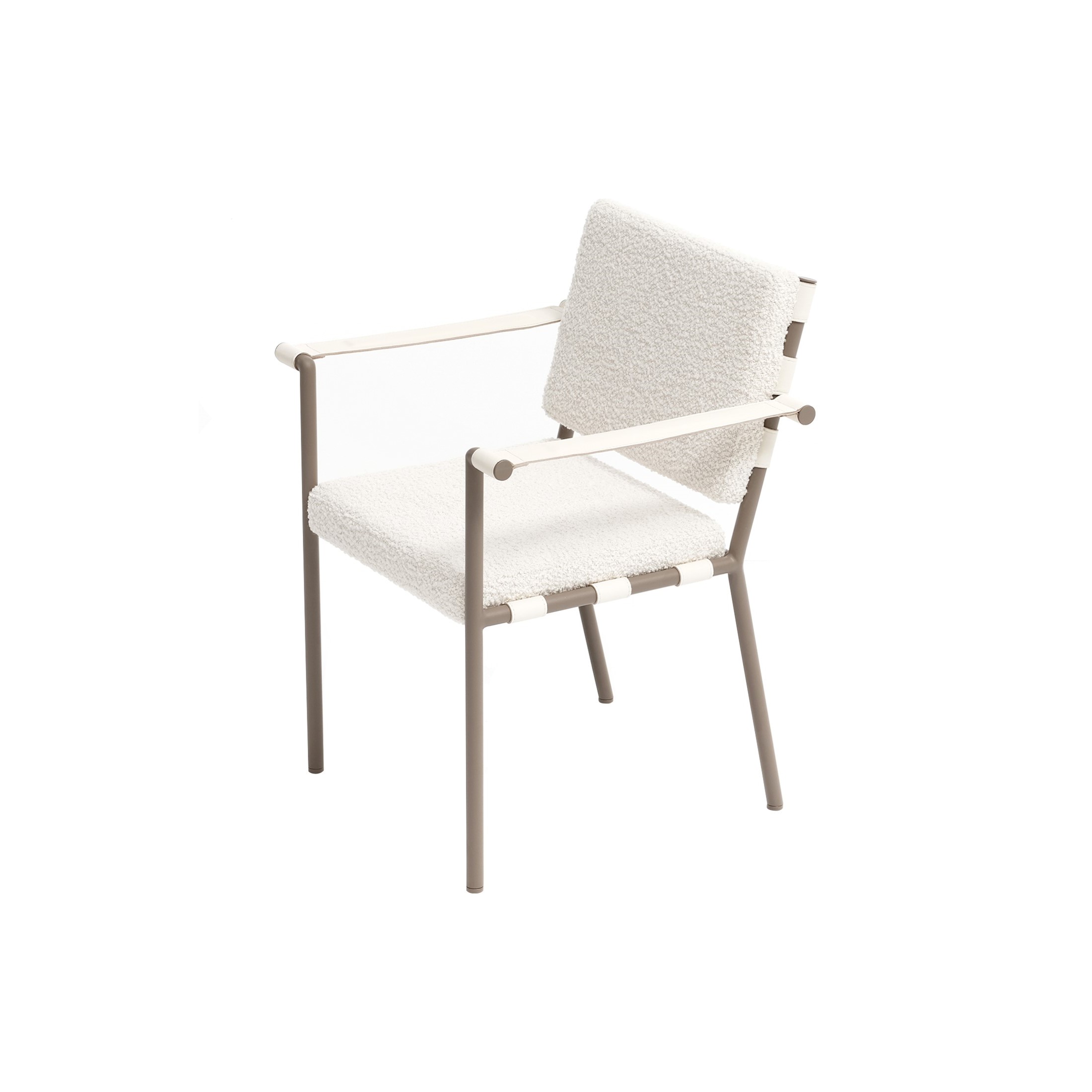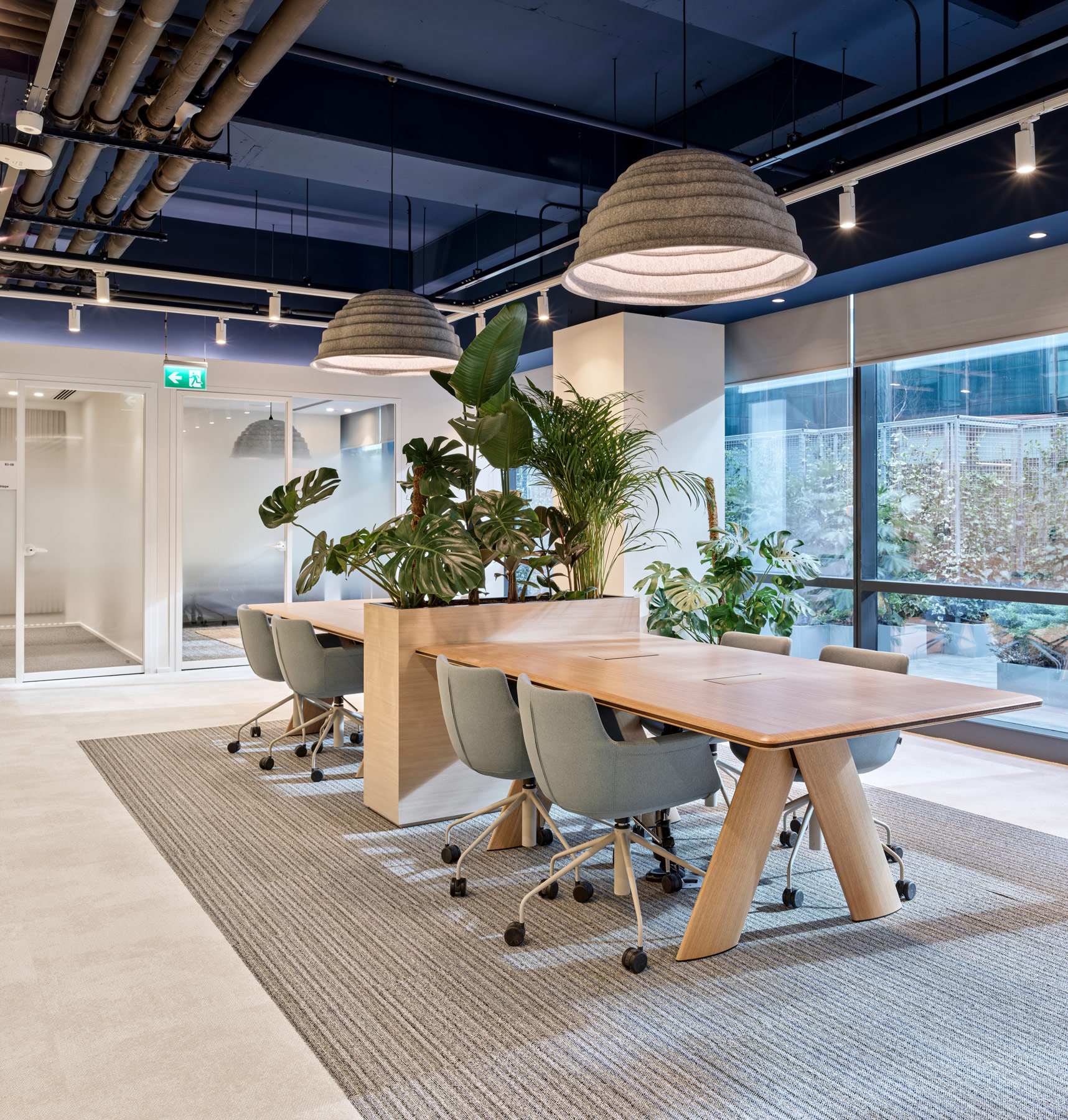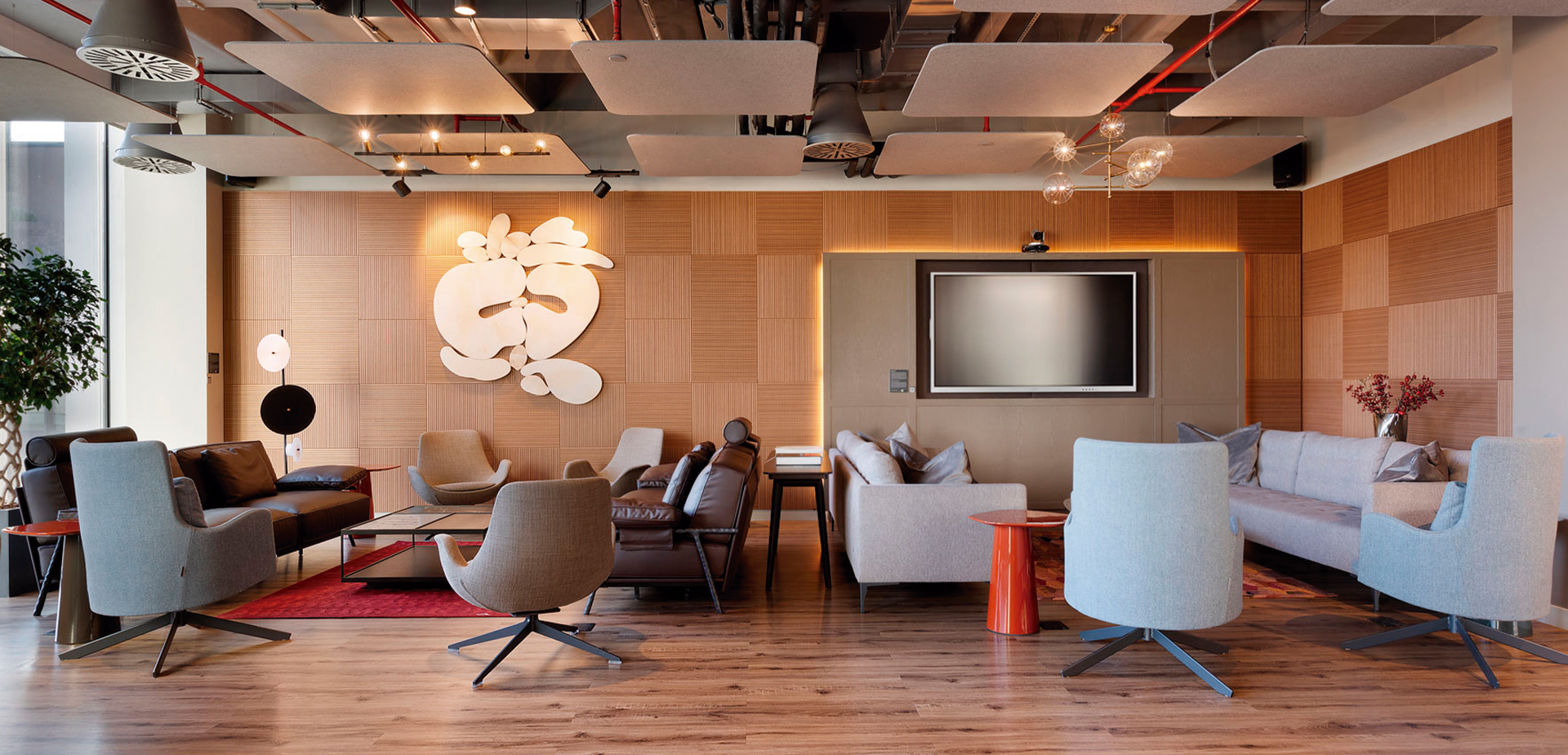-
In today’s hospitality, ambiance is essential, as it sets the stage for a great experience. The intangible essence envelops guests, shaping their experiences and leaving indelible impressions. From the moment they step through the doors, guests involve themselves in a carefully curated environment, where every element – from the lighting to the scents and, most notably, the furniture – contributes to the overall atmosphere.
-
-
The hospitality industry thrives on creating unforgettable experiences, and ambiance plays a pivotal role in achieving this goal. A well-designed ambiance, complemented by carefully selected furniture, can transport guests to a world of comfort, luxury, and relaxation, allowing them to escape the stresses of daily life and feel indulged and pampered.
Creating a captivating ambiance is crucial for hospitality businesses, setting them apart and ensuring long-term success.
-
HOW FURNITURE DESIGN IMPACT GUEST PERCEPTIONS
For instance, the use of comfortable and stylish furniture in the lobby of a luxury hotel can immediately convey a sense of opulence and comfort, setting the stage for a high-end experience. Furniture design is essential to ambiance and plays a significant role in shaping guest perceptions. From the moment guests enter a space, the furniture they encounter sends subtle yet powerful messages about the establishment’s style, quality, and attention to detail.
Visual Appeal: Furniture design is the first element that captures the eye, setting the tone for the entire experience. Well-crafted pieces with thoughtful lines, textures, and materials convey a sense of sophistication and attention to detail, instantly elevating the ambiance.
Comfort and Functionality: Beyond aesthetics, furniture design must prioritize comfort and functionality. Guests seek spaces to relax and unwind, and furniture that perfectly balances form and function can significantly enhance their satisfaction.
Brand Identity: Furniture design extends a hospitality brand’s identity. Establishments can leverage furniture to reinforce their unique style and ethos, creating a cohesive and memorable experience for guests.
-
-
-
By carefully curating furniture pieces that align with the desired ambiance, hospitality businesses can shape guest perceptions and create lasting impressions that transcend mere accommodations. This could involve selecting furniture that complements the overall theme and color scheme of the establishment, as well as considering the comfort and functionality of each piece in relation to the guest experience.
-
North
-
THE PSYCHOLOGY BEHIND FURNITURE PERCEPTION
Understanding the impact of furniture design on guest perceptions is deeply rooted in psychology. By delving into this understanding, hospitality professionals can gain valuable insights that can help them shape guest experiences and perceptions, making them feel enlightened and knowledgeable.
Aesthetics and Emotional Responses: The human brain responds to visual stimuli, and furniture design can evoke robust emotional responses. Aesthetically pleasing furniture can trigger pleasure, relaxation, and contentment, while poorly designed pieces may elicit discomfort or dissatisfaction.
Comfort and Well-being: Furniture design directly influences physical comfort, which impacts psychological well-being. Ergonomically designed furniture that supports proper posture and alleviates strain can contribute to a sense of ease and relaxation, enhancing the overall guest experience.
Environmental Cues: Furniture is an environmental cue, subconsciously influencing guest perceptions and behavior. For example, plush, cozy seating arrangements may encourage guests to linger and socialize, while minimalist designs can convey a sense of sophistication and refinement.
-
CREATING THE DESIRED MOOD THROUGH FURNITURE DESIGN
Crafting the perfect ambiance in the hospitality industry extends beyond aesthetics; it involves carefully orchestrating furniture design to evoke specific moods and emotions.
Relaxation and Tranquility: To cultivate a serene ambiance, consider incorporating plush, comfortable seating arrangements with soft fabrics and muted color palettes. Organic materials like wood and natural fibers can further enhance the sense of calm and connection with nature.
Sophistication and Elegance: For a sophisticated and elegant atmosphere, choose furniture pieces with clean lines, rich textures, and luxurious materials like leather or velvet. Incorporate statement pieces, such as a grand chandelier or a striking accent chair, to add a touch of opulence and grandeur.
Warmth and Conviviality: To foster a warm and welcoming ambiance, focus on creating intimate seating areas that encourage conversation and social interaction. Incorporate cozy elements like plush rugs, throw blankets, and warm lighting.
-
-
By carefully curating furniture pieces that align with the desired mood, hospitality businesses can create immersive experiences that resonate with guests emotionally, leaving lasting impressions and fostering brand loyalty.
-
-
-
TRENDS IN HOSPITALITY FURNITURE DESIGN
The hospitality industry is constantly evolving, and staying ahead of hospitality furniture design trends is crucial for maintaining a fresh, appealing ambiance that resonates with modern sensibilities. By doing so, hospitality professionals can make their guests feel that they are proactive and forward-thinking in their approach.
Sustainability and Eco-Friendly Materials: With a growing emphasis on environmental consciousness, sustainable and eco-friendly materials are becoming increasingly popular in hospitality furniture design. Reclaimed wood, bamboo, and recycled plastics are incorporated into furniture pieces, catering to guests who value responsible and ethical practices.
Multifunctional and Modular Designs: In response to the demand for versatile spaces, multifunctional and modular furniture designs are gaining traction. These pieces offer flexibility and adaptability, allowing establishments to reconfigure spaces to suit various needs and events.
Biophilic Design: Biophilic design incorporates natural elements into built environments and is a significant trend in hospitality furniture design. Incorporating elements like live plants, natural materials, and organic shapes into furniture pieces can create a sense of connection with nature, promoting well-being and relaxation.
Personalization and Customization: Guests increasingly seek personalized experiences, and furniture design is no exception. Customizable furniture pieces that allow for personalization, such as modular seating arrangements or customizable upholstery, cater to this desire for individuality and uniqueness.
-
Ambiance is crucial in the hospitality industry. Furniture design shapes guest perceptions and experiences, setting the tone and conveying messages about style, quality, and attention to detail. Understanding the psychology behind furniture perception and using design elements to evoke specific moods can create immersive and memorable guest experiences. Mastering the art of furniture design enables hospitality businesses to elevate their offerings and solidify their position as industry leaders.
